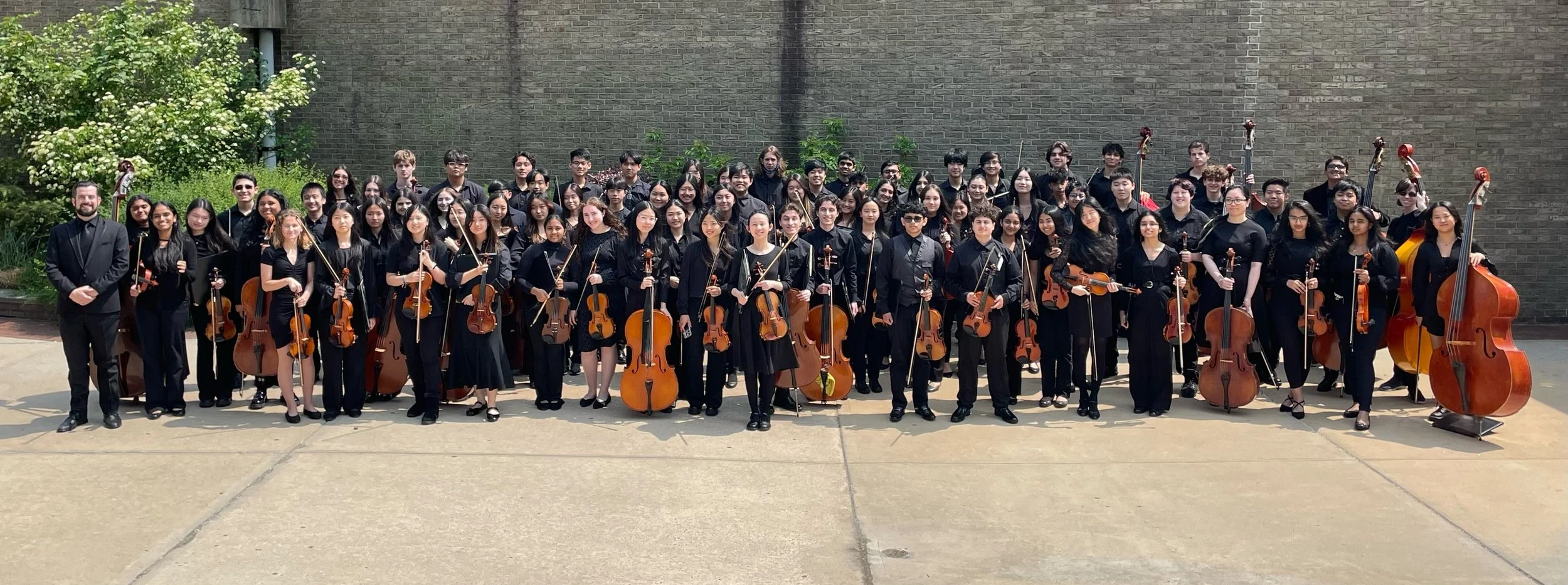
Producing a Progressive Orchestra Program
A solid foundation
Progressive doesn’t mean revolutionary. A solid foundation for your program is important. That can look different for everyone. The structure and frequency of rehearsals, lessons, and other parts of your every day program are not always completely in your control. Even so, you can find a way to make it work so that solid technique and fundamental skills are prioritized in everyday instruction.
For students to buy into taking risks and trying new things, I find it helps to involve them in the process - ask for their feedback. Empower student leaders, create a community (not competitive) atmosphere in the classroom, and remember that respect is a two-way street for you and your students.
A progressive program is built on top of this solid foundation. Once you’ve got all of this in place (and you probably already do), it’s time to explore adding more.
The Four Pillars
-
Modern Technology
Just because our instruments have been unchanged for hundreds of years doesn’t mean our resources, methods, and goals should be. We should continue to embrace technology both as a teaching resource and as a medium for preparing students to be effective 21st century musicians.
-
Diversity of Repertoire
Music is music - our instruments should not define the style of music we play. We can choose music to be a reflection of our students and what is relevant to them while still ensuring they are learning valuable techniques and skills. We can also make sure that the music is relevant to our students and the community.
-
Electric Instruments
They’re not just for hanging on the wall and looking cool. Their sound and build quality has improved in the past decade. They can be used to augment or transform the sound of your ensemble. Electric instruments open up a variety of opportunities for our students that cannot be missed.
-
Non-traditional Techniques
Staccato, legato, arco, pizzicato, martele, spiccato… these are some of the core techniques in traditional string playing. But what about the modern string player? Teach your students the skills they will need to be creative string players to complement their technical finesse.
Find what works for you and your students
Nobody should be doing the exact same thing. You should prioritize what works best for you and for your students. Experiment with things you are unsure about and get feedback from your students on what’s working for them and what isn’t.
You’ll find out the aspects you want to emphasize, and your students will sense your passion and follow your lead. Your program will be unique, valuable to the students and the community, and will likely grow in the years to come.

